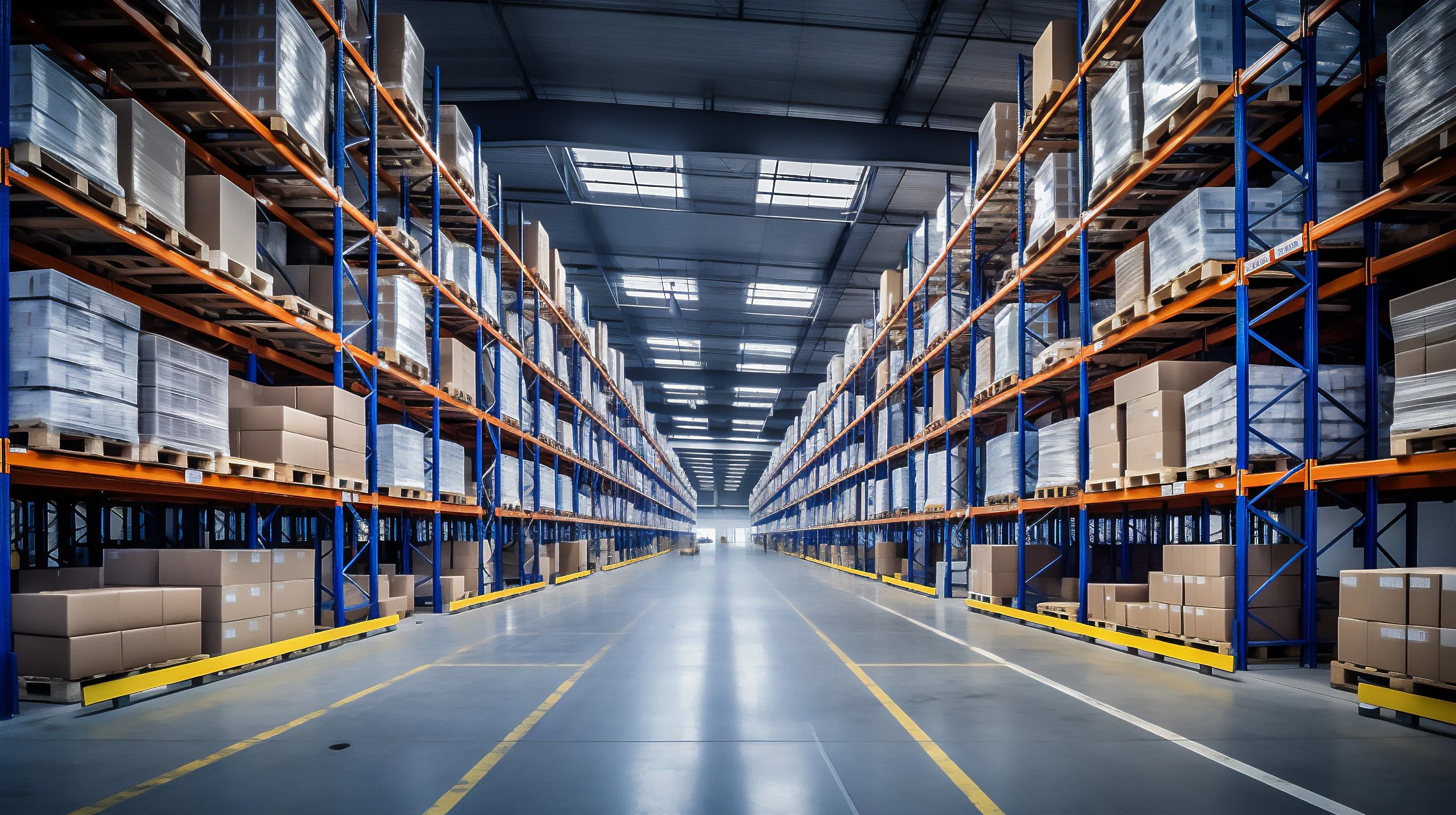Are you confident your next tech investment will help achieve your strategic business goals by solving the challenges you face and creating new opportunities?
In recent blogs we asked if retailers were spending enough on their IT and, if not, how to make the case for increasing spend. We also shared retailer’s top spending goals for 2024 and three investment priorities.
Now we’re looking at the metrics retailers have set themselves to gauge their success in 2024, and the opportunities unleashed by increased IT spend.
Even though it’s tempting to press pause during another challenging year, the most successful companies will be those that find ways to differentiate to meet changing customer demand.
Retailers that are aggressive on growth – creating distinctive omnichannel customer experiences and expanding their product offerings, while also reducing costs over time - are the companies that will create value, meet customer needs and head off the competition.
The most progressive and driven retailers know that they need to do it quickly. But at a time when only 25% of retailers can connect their online and in-store transaction data, many retailers struggle to create a unified user experience that traverses easily between online and offline channels.
That’s why unified commerce is now firmly established as the dominant modern retail strategy, with 88% of retailers investing in unified commerce or considering doing so to unify online and store experiences and make their businesses stronger, smarter and ready for the future.
Making investments count
So how do you ensure your next investment will drive growth in a muddled economic environment?
As retailers ramp up their technology investments this year, they’ve put in place critical metrics to measure the value:
Customers at the centre: Most retailers (94%) ranked new technology as a significant driver for drawing in new customers, with 35% citing it as their main driver. The metrics they’re using this year include increasing new customers numbers (54%) and retaining existing customers (47%). The amount customers spend is also scrutinised, with retailers looking for increased sales (48%) or cost savings (48%) that can be attributed to their tech investments.
But, despite customers being at the centre of ROI metrics, nearly half of organisations invest in technology without thinking about the customer experience (48%).
Empowering employees: Employees are also at the centre of what makes technology work: 61% of retailers ranked well-prepared and well-informed staff equipped with new technologies as the most important factor for a successful in-store experience.
However, more than 2 in 5 (41%) do not seek or consider employee input for these same technology investments, despite the impact this tech will have on them and the valuable insight they have into how it affects customers.
Demanding more from partners: As they put the pressure on themselves to make tech investments count, retail execs are also putting pressure on their partners. Their top expectations of tech vendors include accessibility of solutions (50%), the ability to build long-term partnerships (48%) and ‘cutting edge’ technology (46%). Unsurprisingly, they also demand retail industry expertise (45%) and use cases for technology solutions (42%).
But 2 in 5 retailers (40%) lack in-house expertise to make the most of these new technologies.
As you build your foundation for modern retail, are you confident your next tech investment will deliver REAL value for your business?
There are six important opportunities your retail business can unleash by increasing its investment in IT:
1. Simplify technology and improve business agility
A modern infrastructure gives you a leaner and more flexible architecture to deliver greater agility, increased efficiency, more control and cost savings:
Scalability: third parties can easily plug in, building the ecosystem of retail software, tools, resources and devices you can add and change to match your business needs.
Accuracy: exposing data and functions via APIs (rather than moving and replicating them) makes integration faster and standards-based, improving efficiency, decreasing errors and increasing accuracy.
Easier to maintain: a central platform reduces the need for reconciliation and manual processes to maintain and manage data and functions, and there is only one system to secure.
Reduced costs: Reduced maintenance, fewer developer hours, faster integration and scalable infrastructure decreases your overheads.
2. Meet changing customer expectations
Changing consumer preferences and rising expectations for omnichannel experiences are creating new growth opportunities. The retailers that deliver a personalised and memorable CX are best positioned for long-term growth and loyalty. With a holistic view of your customers, you can better plan your pricing and promotion strategies and get the right offer or message to the right customer, at the right time and right place. By creating remarkable customer experiences that meet or even exceed consumer expectations, customers will return again and again.
3. Accelerate speed to market
Improvements in IT efficiency and flexibility let you launch new tools and services to meet business demands and start seeing revenue benefits faster. There’s less work required to plug in and implement new functions across channels, test cycles are reduced, and you’ll use development capacity more effectively. You can run experiments to test new customer experience innovations, easily move the successful experiments into enterprise-wide operations and adapt to new market demands. You’ll innovate quicker, increase speed to market and build your competitive advantage.
4. Better data insights for relevant and agile experiences
A single, unified platform gives everyone across channels and stores the ability to view all customer touchpoints and react to potential issues in real time. With a single source of truth and powerful analytics, you can turn large amounts of data from disparate sources into insights that help you to attract and engage customers in new ways and improve your bottom line.
5. Optimise inventory and availability
With a unified retail platform that gives you a single view of stock across all locations, plus the ability to easily move it around the business, you’ll improve inventory accuracy, reduce stock requirements, minimise fulfilment costs and get products to customers faster. Your most significant benefit will be increased sales generated by ranging and fulfilment capabilities that enable you to sell products across channels (and even sell products not normally stocked within any channels). And by giving customers a range of purchasing and fulfilment options, you’ll enhance your service and increase customer satisfaction.
6. Boost employee productivity and sales
By arming your store staff with the right customer data and tools at point of sale, combined with AI-driven recommendations, they can more easily make decisions, provide personalised upselling advice, sell inventory at any location and serve customers faster, anywhere in the store. You’ll enhance customer interactions, improve the employee experience and increase conversions.
Want help to build your foundation for modern retail?
We can advise you on the key technology investments creating differentiated customer experiences and business agility. Just contact me at kelly.brown@triquestra.com or get in touch.
























